Beijing will incorporate earthquake warning systems in major infrastructure and crowded places to minimize potential damage and casualties, according to the city's emergency management bureau.
The systems will be included in major infrastructure projects, such as high-speed railways, urban railways, power control centers, oil and gas pipeline stations, petrochemical and communication enterprises, coal mines, large reservoirs and other projects that may be at risk of serious secondary disasters.
Devices used for receiving and broadcasting the warning information should be installed in schools, hospitals, railway stations, airports, sports venues and other public places, as well as in nuclear facilities, large reservoirs, large and medium-sized dangerous goods production and storage facilities and other risky sites, the bureau said.
"Operating or administrative units should formulate earthquake early warning and emergency response plans," said Liu Bin, deputy director of the Beijing Emergency Management Bureau.
Broadcasters, including television, internet and other media and communication operations should establish automatic mechanisms to transmit early warning information to the public automatically and free of charge.
"The release and implementation of the measures will help us better cope with earthquakes and secondary disasters," Liu said.
Earthquake early warning systems use the differences between different kinds of seismic waves, and electromagnetic waves to issue an alarm for some special industries and the public. They help people escape from danger in just a few seconds to tens of seconds before destructive seismic waves arrive.
Meanwhile, Beijing is also taking part in the construction of a nationwide earthquake intensity reporting and warning system.
Through the construction of systems for observation, communication, data processing, earthquake information, technology and support, Beijing has formed an earthquake intensity quick reporting and early warning network with an average distance of 11 kilometers between stations.








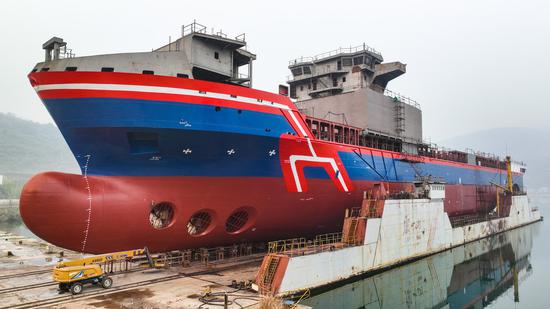







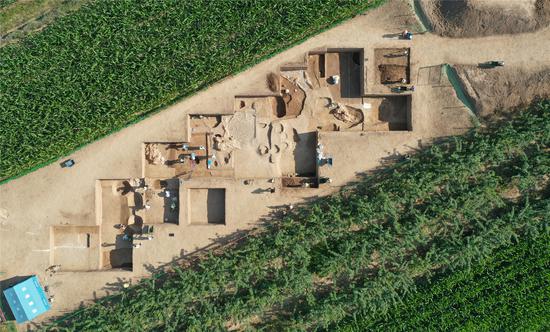
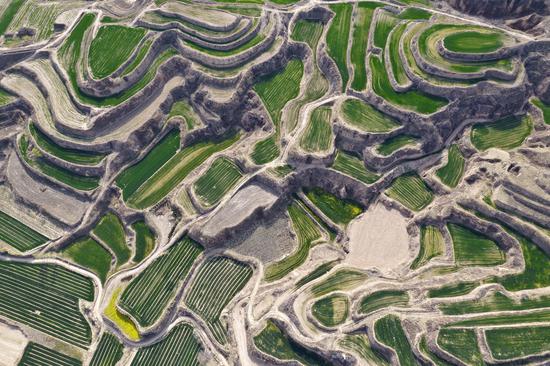

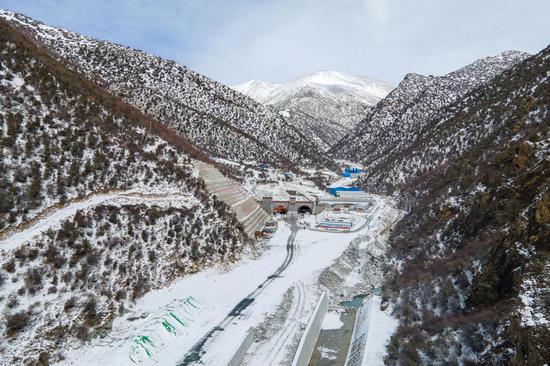


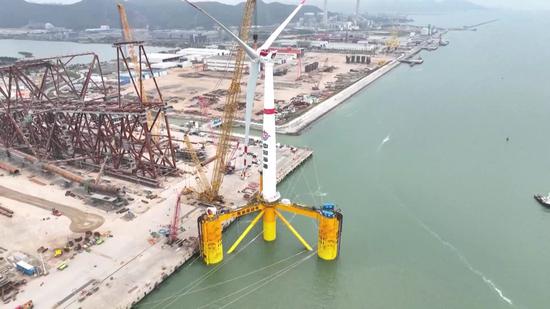

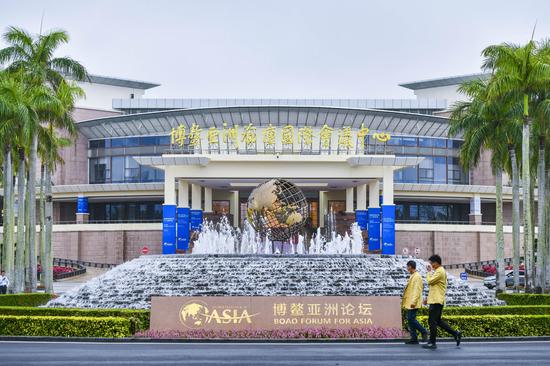



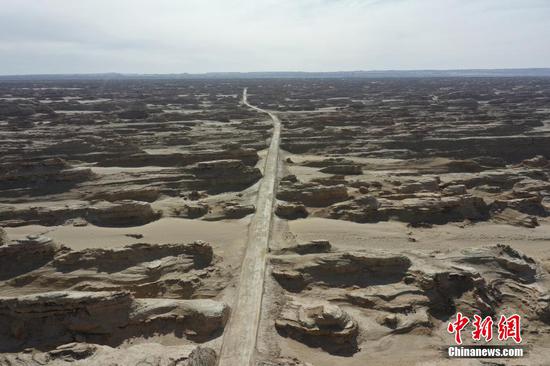














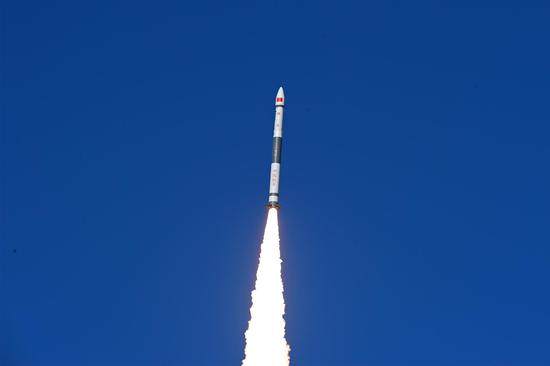


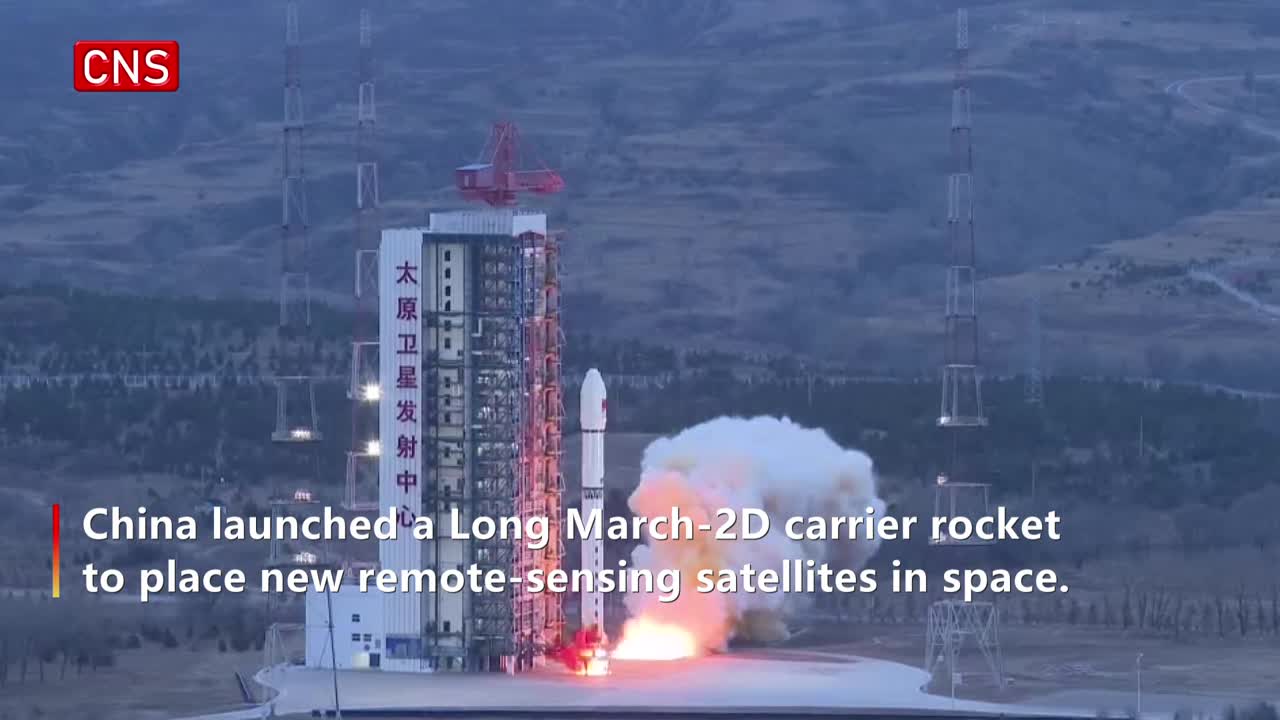



 京公网安备 11010202009201号
京公网安备 11010202009201号